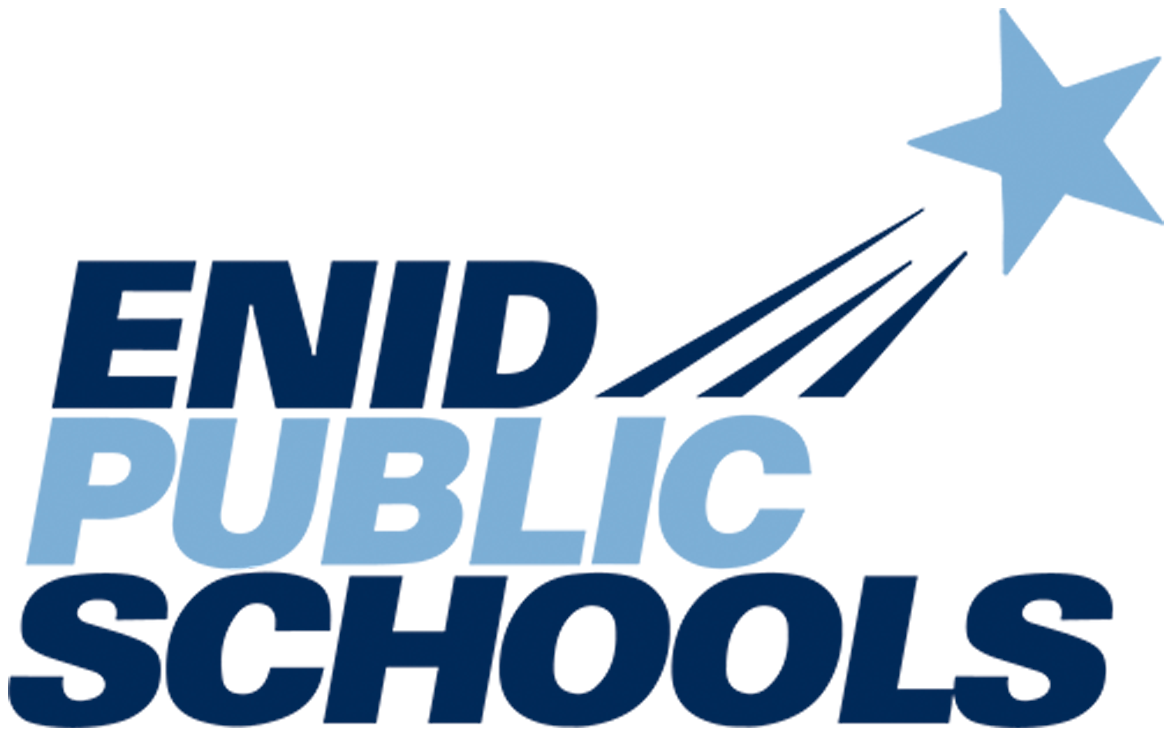Head Lice Information
Head lice affect 1 in every 100 elementary school children. Head lice are parasites that are generally found on the scalp, behind the ears and at the back of the neck. The adult louse is about the size of a sesame seed. Eggs, or nits, are smaller and silver or brown in color. Head lice are not a sign of poor hygiene and do not transmit disease. Lice are spread from one child to another and transmission can occur during direct head to head contact or by sharing of personal items such as combs, brushes, caps or helmets. This frequently occurs in young children who are learning to respect each other's space. Head lice do not jump, nor do they spread from animals, such as dogs or cats. The most common symptom is itching and head scratching.
Treatment of Head Lice
Safe and effective products to treat head lice are available both over the counter and by doctor’s prescription. It is important to follow the directions carefully. Parents with children who have SoonerCare may call their health care provider for a prescription for over-the-counter treatment or for those who have had multiple treatment failures, a prescription strength medication may be ordered.
In addition, use a fine-tooth comb or special nit comb (we recommend the LiceMeister comb to remove the eggs (nits) from the hair.
We encourage you to check and comb your child’s hair thoroughly every day for two weeks until nits are no longer discovered.
Parents should also wash in hot water all recently worn clothing, hats, used bedding, and towels. Personal care items such as combs, brushes and hair clips should also be washed in hot water. Toys, such as stuffed animals, can be put into a tightly closed plastic bag for 14 days or placed in a hot dryer for 30 minutes to kill the lice.
Vacuum the bedroom, living areas, furniture, mattress, and car to rid the home of head lice. Refrain from buying lice sprays because vacuuming works best.
We, as school nurses, recommend that children with long hair wear their hair up in a ponytail to reduce the risk of contact with other students’ hair. We also discourage “sleepovers” during times of lice outbreaks.
Head Lice Control at Enid Public Schools
It is the position of the American Academy of Pediatrics (AAP) and many school districts across the nation, including Enid Public Schools, that no student should be excluded from his/her education due to a case of head lice. (Click here for the AAP link). Therefore, when it is discovered that a student has live head lice present, the parents of that student are notified and the student is allowed to finish the school day. The discovery of head lice is kept strictly confidential.
School nurses will work with the family throughout the lice eradication process until the child is lice free. Notification that a case of head lice has occurred in the student’s classroom is also sent home to alert parents to check their children. Teachers are also instructed on prevention strategies in classrooms. For example:
Your child may be asked to wear his/her hair up, off the shoulders.
Sharing hats and hair accessories may be discouraged.
Students may be asked to place backpacks and coats in a personal cubbie/locker or a trash sack.
Teachers may arrange desks so that children are not in close proximity.
Hugging may be discouraged.
It is the position of Enid Public Schools to ensure each student receive the opportunity to reach his/her greatest potential through a quality education. We believe that with the cooperation of school personnel and parents, we all can achieve what is best for the education of all Enid Public Schools students.
Our goal as school nurses is to provide you with the information you need to safeguard your child’s health and ensure that his or her education is not disrupted. We want your child to have the most positive school experience possible. We hope you find this information useful. Please feel free to contact any of the school nurses if you have any questions or concerns regarding head lice.
